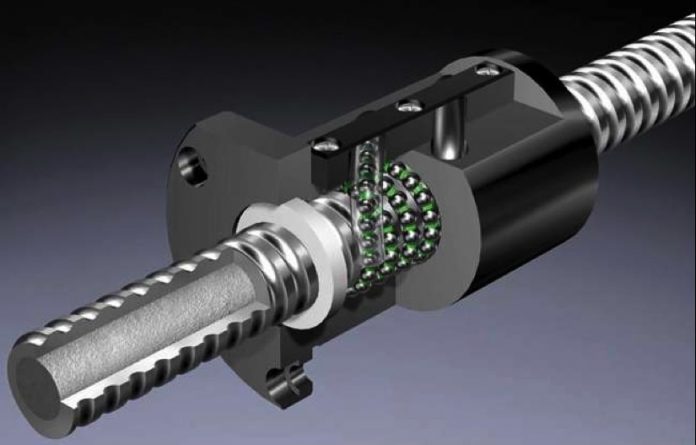If you aren’t sure about the difference between a ball screw BLR and a lead screw then you have arrived at the right place. Understanding their difference is of utmost importance to know when to use them. But you are not alone in this confusion between the two types of screws; thousands of others aren’t able to make the correct decision for their project because of this doubt.
So let us delve deep into their difference and know them completely.
Why Is It Importance To Learn The Difference Between Ball And A Lead Screw?
To begin with, it all boils down to the mechanics. Both the screws are mechanical linear actuators. One can both of these screws in similar situations. However, despite the similarity in its usage, the project engineers must take into account the mechanism’s required efficiency, lead accuracy, speed, thrust, backlash and the back drive.
While ball screws derive their name from the ball bearings that reduce friction and maximize efficiency, lead screws on the other hand count on sliding surfaces to achieve high friction.
What About The Advantages And Applications Of Ball And Lead Screws?
Lead screws are corrosion-resistant, smooth and self-lubricating. Besides they are cheaper than ball screws and are mostly preferred in areas which need maximum customization level. Owing to the vibration-free feature of the lead screws, they are vastly used for personal computing systems like PCs and medical equipment; for example insulin pumps.
The Ball screw BLR (บอลสกรู BLR, which is the term in Thai) is capable of carrying heavier loads than lead screws. The former doesn’t self-lock but ensures better efficiency, sheer accuracy, and precision. Ball screws are mostly used in semiconductors, robots, power steering and aircraft.
What Considerations Should An Engineer Keep In Mind When Selecting Between Both The Screws?
The application will be the determining factor for picking between a ball and a lead screw for an engineer. Lead screws are more suitable for vertical application, given how it cannot back-drive itself. Ball screws on the other hand are suitable for horizontal orientation. This is because you wouldn’t have to think about being gravity-driven.
Now that you are aware of what ball and lead screws are, you wouldn’t have any more difficulties in choosing between them for your project. Ball screws comprise ball bearings that minimize friction. This is why minimum motor power is needed to drive them.


